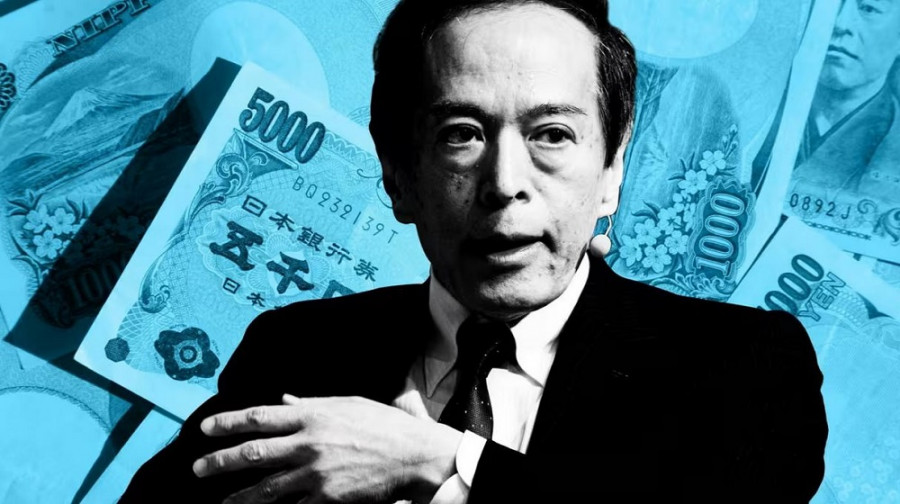On Monday, most of the world's trading platforms were closed due to the Christmas holiday. The currency market has entered a holiday-pre-holiday (as the New Year is still ahead) state of suspension typical for the final week of December.
The economic calendar was nearly empty. The only news on the agenda is from Japan, which continues to operate as usual.
The Leading Economic Index was released during the Asian session. It is based on data from 12 areas, including employment, stock prices, and housing. The market mostly has this information even before the release of this report, so the impact of this release is minimal.
However, the speech of the head of the Bank of Japan, Kazuo Ueda, attracted more lively interest. He commented on the latest inflation report and assessed the prospects for tightening monetary policy.

Last Friday, the Consumer Price Index (CPI) was published. Japan's National CPI for November came in at 2.8% YoY from 3.3% in October. The index excluding fresh food (a key inflation indicator tracked by the Japanese central bank) fell to 2.5% YoY last month after rising to 2.9% the previous month. This is the slowest pace of growth since July 2022. Inflation excluding food and energy in November also demonstrated a downward trend, reaching 3.8% YoY after rising to 4% the previous month.
Despite the decline in these key indicators, inflation has remained above the BOJ's 2% target for 20 (!) consecutive months.
Ueda commented on Friday's report, and his statements were rather hawkish. He said the likelihood of achieving the central bank's inflation target was "gradually rising" and that the BOJ will likely consider changing its monetary policy.
According to him, representatives of the business sector – Japanese companies – show increasing willingness to raise wages. However, Ueda emphasized that when deciding on the QQE, the central bank's main consideration is whether wage growth will continue next year and whether it will lead to a subsequent increase in service prices.
In other words, Ueda has outlined tentative timelines once again – the annual negotiations between unions and company leaders will take place next spring. Based on the outcome of these negotiations, the BOJ will make the corresponding decision, which means it will occur in April or June of next year.
According to the head of the central bank, if wage and price growth intensifies, and the probability of achieving the inflation target "significantly increases," the central bank will consider the possibility of changing its ultra-loose monetary policy in 2024. However, at the moment, Ueda said the BOJ had not decided on a specific timing to change the loosest monetary stance of any major central bank, due to uncertainties regarding economic and market events.
This represents a significant hawkish pivot compared to the rhetoric Ueda expressed after the December meeting. At that time, he showed no signs of moving towards exiting negative interest rates. The central bank maintained a dovish tone in the accompanying statement, stating that the central bank would continue to support funding stability and would take additional easing measures without hesitation if necessary.
Ueda unmistakably signaled a likely shift in monetary policy. Such a turn of events should significantly strengthen the yen's position, even though the question of tightening monetary policy will be considered in a practical context no earlier than March-April of next year. The spring of hawkish expectations has been compressed for too long – for several years (negative interest rate policy in Japan has been in effect since 2016), so even such hints will trigger strong volatility in the USD/JPY pair – obviously in favor of the yen.
From a technical perspective, on the daily chart, the pair is between the middle and lower lines of the Bollinger Bands indicator, also below all lines of the Ichimoku indicator, which has formed a bearish "Parade of Lines" signal. The first target of the bearish movement is the 141.60 level – the lower line of the Bollinger Bands on the 4-hour chart. The main target is slightly lower – at the 140.90 level (the lower line of the Bollinger Bands on the daily timeframe). Surpassing this target will pave the way to the base of the 140 figure.
The material has been provided by InstaForex Company - www.instaforex.comfrom Forex analysis review https://ift.tt/OYbEf6L
via IFTTT
